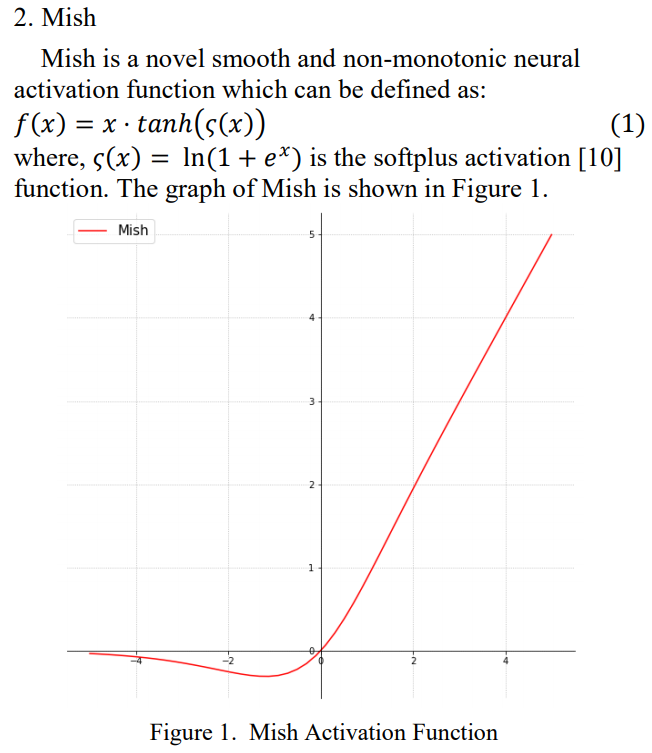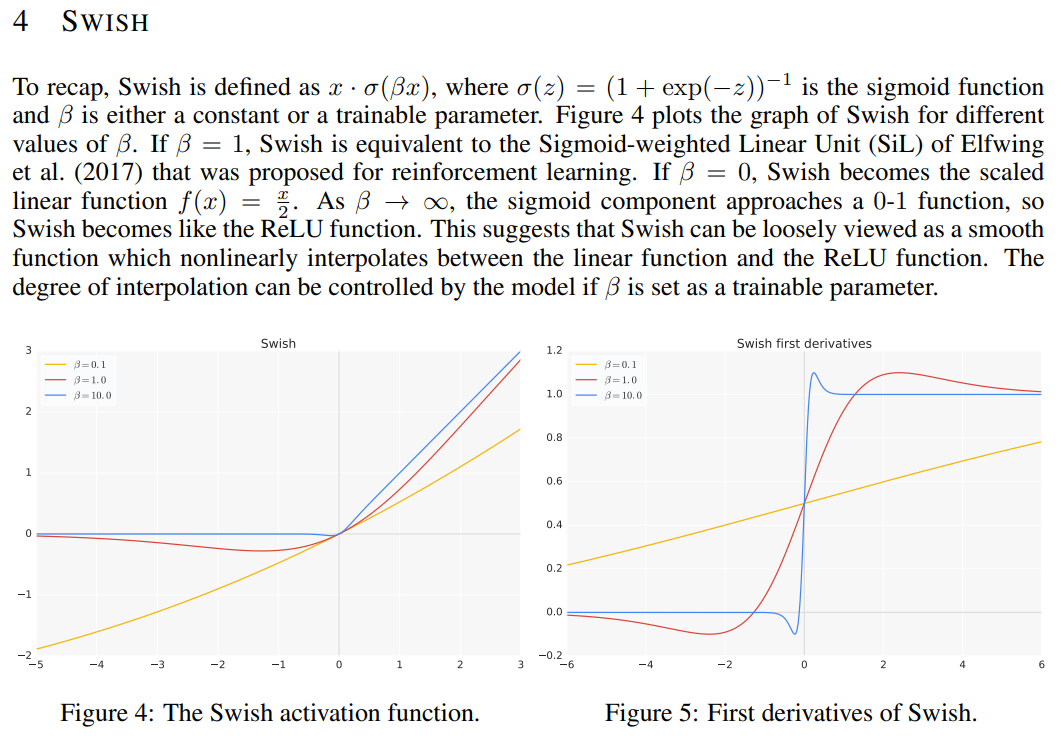- Swish from this paper
- Mish from this paper
These two activation functions are implemented using the Pytorch custom Function. This implementation can save around 20% memory usage.
i.e:
This Swish implementation: 1816 MB Simple swish implementation: 2072 MB
This Mish implementation: 1816 MB Simple Mish implementation: 2328 MB
Usage: similar to torch.nn.ReLU()...and torch.autograd.Function
from swish import Swish
from mish import Mish
self.conv1 = nn.Sequential(
nn.Linear(256, width),
Swish(),
nn.BatchNorm1d(width),
nn.Linear(width, 1)
)
self.conv2 = nn.Sequential(
nn.Linear(256, width),
Mish(),
nn.BatchNorm1d(width),
nn.Linear(width, 1)
)
More details on the comparison between these two activation functions can be found from their papers.
From my experiments on mono depth estimation, both of these perform on par or better than ReLU6. Mish performs slightly better then Swish and ReLU6.

